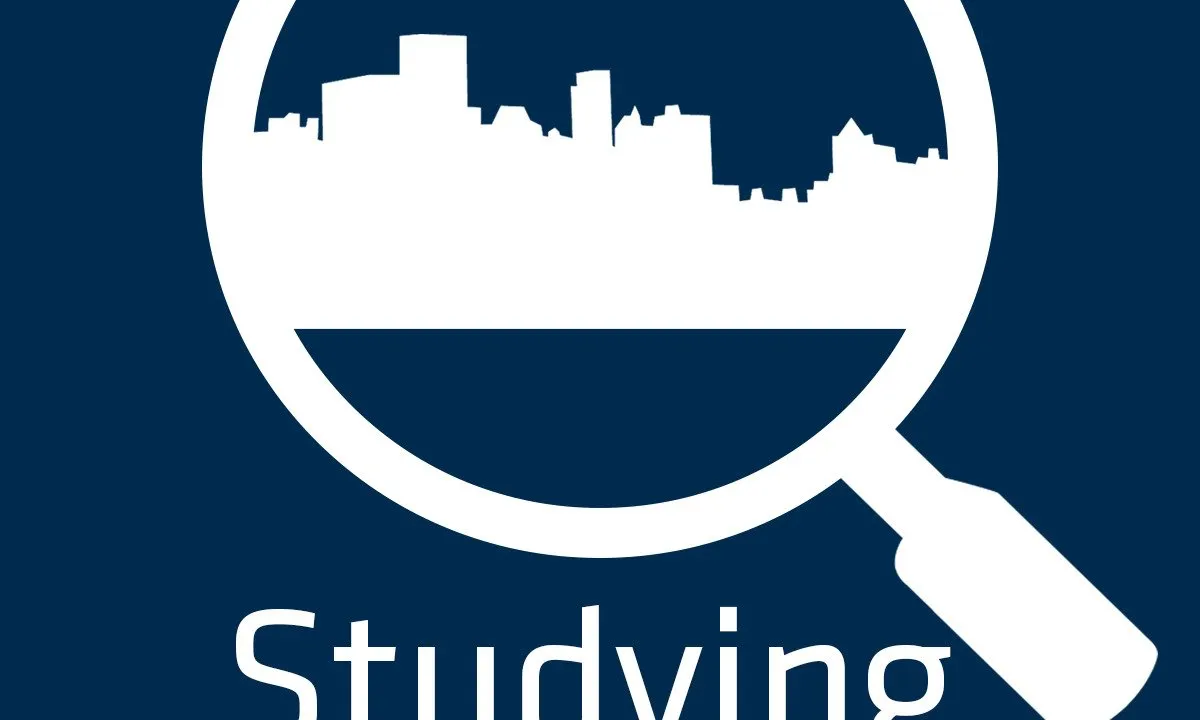
Essentials of Data Science With R Software - 1: Probability and Statistical Inference 
This course provides an introduction to the essentials of data science with R software, focusing on probability and statistical inference. Students will learn the fundamentals of probability theory and statistical inference, and how to apply them to data analysis. They will also gain an understanding of how to use R software to implement these concepts and draw correct statistical conclusions. ▼
ADVERTISEMENT
Course Feature
![]() Cost:
Cost:
Free
![]() Provider:
Provider:
Youtube
![]() Certificate:
Certificate:
Paid Certification
![]() Language:
Language:
English
![]() Start Date:
Start Date:
On-Demand
Course Overview
❗The content presented here is sourced directly from Youtube platform. For comprehensive course details, including enrollment information, simply click on the 'Go to class' link on our website.
Updated in [May 25th, 2023]
This course, Essentials of Data Science with R Software - 1: Probability and Statistical Inference, provides an introduction to the fundamentals of probability theory and statistical inference. It covers topics such as probability distributions, sampling distributions, hypothesis testing, confidence intervals, and linear regression. The course also provides an introduction to the R software and its use in data analysis. By the end of the course, participants will have a better understanding of the concepts of probability and statistical inference and be able to apply them to data analysis using the R software.
[Applications]
The application of this course can be seen in various areas such as data analysis, machine learning, and predictive analytics. Students can use the knowledge gained from this course to develop models for predicting outcomes, analyzing data, and making decisions. They can also use the concepts of probability and statistical inference to design experiments and interpret the results. Additionally, the course can be used to develop algorithms for data mining and data visualization. Finally, the course can be used to develop strategies for data-driven decision making.
[Career Paths]
1. Data Scientist: Data Scientists are responsible for collecting, analyzing, and interpreting large amounts of data to identify trends and patterns. They use a variety of tools and techniques, such as R software, to analyze data and develop predictive models. Data Scientists are in high demand as organizations increasingly rely on data-driven decision making.
2. Business Analyst: Business Analysts use data to identify opportunities for improvement and develop strategies to increase efficiency and profitability. They use R software to analyze data and develop models to identify trends and patterns. Business Analysts are also responsible for communicating their findings to stakeholders and making recommendations for improvement.
3. Machine Learning Engineer: Machine Learning Engineers use R software to develop algorithms and models that can be used to automate tasks and make decisions. They use data to train and optimize machine learning models, and are responsible for deploying and maintaining these models in production.
4. Data Visualization Specialist: Data Visualization Specialists use R software to create visualizations of data that can be used to communicate insights and trends. They use a variety of tools and techniques to create interactive visualizations that can be used to explore data and identify patterns.
[Education Paths]
1. Bachelor's Degree in Data Science: A Bachelor's Degree in Data Science is a great way to gain a comprehensive understanding of the fundamentals of data science, including probability and statistical inference. This degree program typically includes courses in mathematics, computer science, and statistics, as well as courses in data analysis, machine learning, and data visualization. As data science continues to grow in importance, this degree path is becoming increasingly popular and is expected to continue to grow in demand.
2. Master's Degree in Statistics: A Master's Degree in Statistics is a great way to gain a deeper understanding of probability and statistical inference. This degree program typically includes courses in advanced mathematics, probability theory, and statistical inference, as well as courses in data analysis, machine learning, and data visualization. This degree path is becoming increasingly popular as data science continues to grow in importance, and is expected to continue to grow in demand.
3. Doctoral Degree in Data Science: A Doctoral Degree in Data Science is a great way to gain an in-depth understanding of the fundamentals of data science, including probability and statistical inference. This degree program typically includes courses in mathematics, computer science, and statistics, as well as courses in data analysis, machine learning, and data visualization. As data science continues to grow in importance, this degree path is becoming increasingly popular and is expected to continue to grow in demand.
4. Master's Degree in Data Science: A Master's Degree in Data Science is a great way to gain a comprehensive understanding of the fundamentals of data science, including probability and statistical inference. This degree program typically includes courses in mathematics, computer science, and statistics, as well as courses in data analysis, machine learning, and data visualization. As data science continues to grow in importance, this degree path is becoming increasingly popular and is expected to continue to grow in demand.
Course Provider

Provider Youtube's Stats at AZClass
Discussion and Reviews
0.0 (Based on 0 reviews)
Explore Similar Online Courses

IELTS SPEAKING TEST SAMPLE BAND 9 SERIES

Logo Design Critique : The Futur Game of Thrones Challenge 1&3

Python for Informatics: Exploring Information

Social Network Analysis

Introduction to Systematic Review and Meta-Analysis

The Analytics Edge

DCO042 - Python For Informatics

Causal Diagrams: Draw Your Assumptions Before Your Conclusions

Whole genome sequencing of bacterial genomes - tools and applications

FA19: Statistical Modeling and Regression Analysis

Statistical Inference and Hypothesis Testing in Data Science Applications


Start your review of Essentials of Data Science With R Software - 1: Probability and Statistical Inference